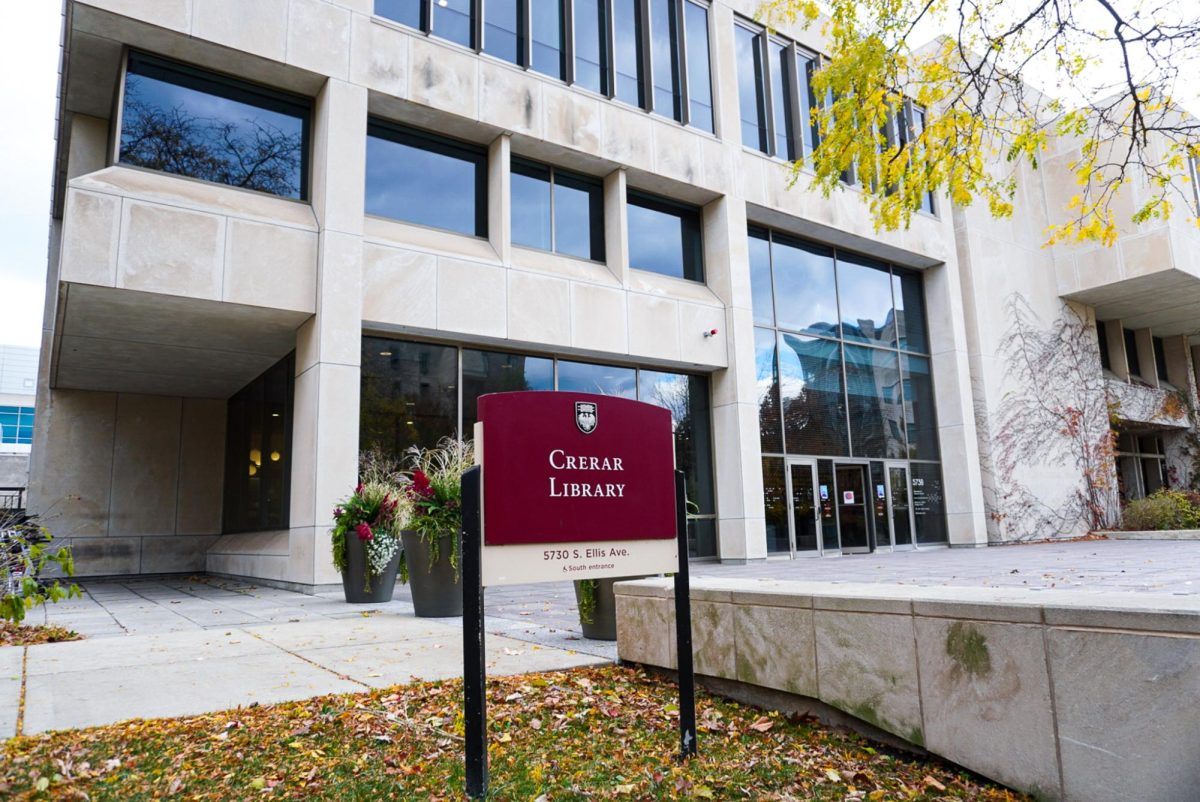In 1991, Yale University was stunned when an undergraduate was shot and killed on its campus.
Christian Prince, a second-year, was walking home late one night when a car pulled up. The driver, a 16-year-old New Haven resident named James Fleming, jumped out of the car with a loaded gun and demanded that Prince hand over his wallet.
Prince reportedly obliged, but Fleming took things one step further. He pistol-whipped Prince to the ground and said, “I ought to shoot this cracker.” Fleming then fired one shot into Prince’s body. In his haste to escape the scene, Fleming ended up dropping Prince’s wallet.
Prince tried to walk to care at the Yale Health Plan, but couldn’t quite make it. Tragically, he collapsed on the steps of a nearby church about 100 yards away.
In the wake of Prince’s death, Yale stepped up its attempts to make New Haven a safe place. After 16 years, they finally seem to have succeeded. When you walk around New Haven at night now, it feels safe. Gunshots aren’t a regular noise, and crime is way down.
This progress has little to do with the installation of emergency telephones all over campus or the addition of dozens of squad cars to the Yale police department.
After Prince’s murder, Yale went through the usual motions of trying to make people feel secure (the same sort that our administration is doing now). Despite this, crime remained a part New Haven life. Prince’s murder (similar to the likely scenario of Amadou Cisse’s killing) was a mugging gone wrong. Streetlights and emergency phones make it harder to get away with a mugging, but they are not enough to serve as a significant deterrent.
It wasn’t until Yale focused on developing businesses and nightlife in a couple of areas of New Haven that crime actually fell. Much like the U of C in Hyde Park, Yale is the biggest landowner in New Haven, so in the late ’90s, the University decided to evict tenants of businesses it didn’t like (like liquor stores). Also, they added a stipulation to most leases: Businesses had to stay open until 10 p.m.
Things started turning around. Yale students stopped holing themselves up in their rooms and started going outside. Shops, restaurants, and cafés that remained open past 7 p.m. gave the city the sort of nightlife that so many at the U of C clamor for. It also helped cut crime.
Put simply, criminals hate company. Trying to mug someone on an empty street is a lot easier (and less risky) than on a busy one. Trying to murder someone on a busy street is just about the dumbest thing anyone could do.
This approach to crime reduction pays big dividends in the long run. First, the more that people are outside, the safer it feels to walk the streets. Suddenly you have a critical mass of students and community residents who keep the community safe in an effective and sustainable way. Second, the more people you get out of their apartments and into the neighborhood, the more jobs are created, causing crime to drop even more.
In response to the Cisse murder, the U of C has mainly followed the typical blueprint. President Zimmer has promised increased police presence, an improved alert system, and better lighting on dark streets. It’s important for the University to look like it is taking charge so that people feel safe, but a long-term commitment is needed to actually make Hyde Park safe.
This is particularly true south of the Midway. The University is investing millions of dollars in a new dorm, an arts center, and office space over the next few years. If they want students to live in the new dorm for more than their first year or anyone to actually show up at the new arts center, the University needs to make sure 61st Street is safe. All the van services and cAlerts in the world aren’t going to make this happen. If the U of C wants real safety, development is the only way.
Alec Brandon is a fourth-year in the College majoring in economics.






